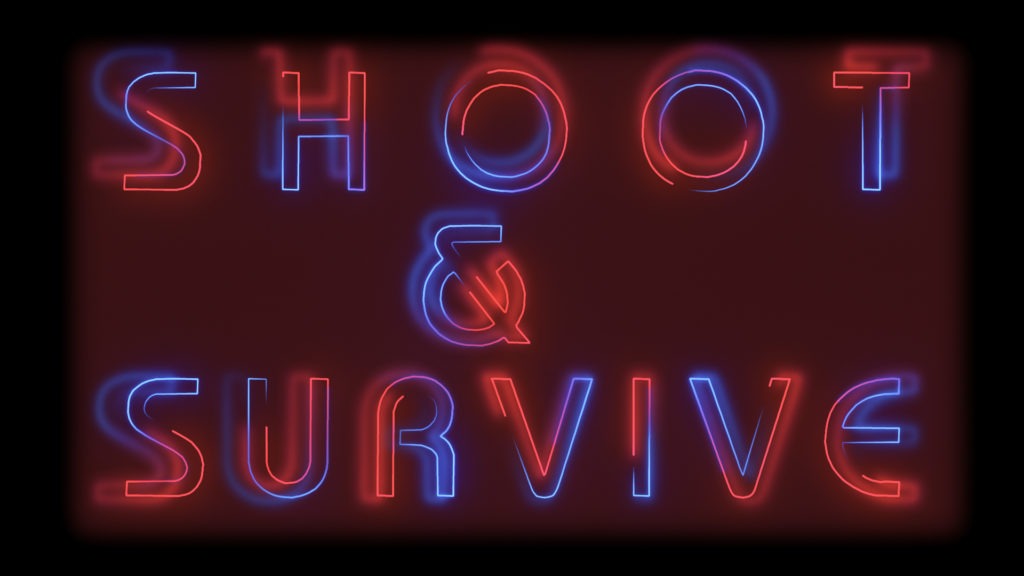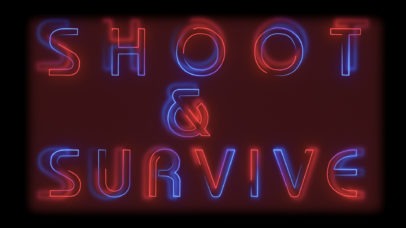One can speak of a habit when users are a tiny bit bored and immediately open Twitter. They feel a stab of loneliness, and before they even consciously think about it, they are scrolling through their Facebook entries. A question pops into their head, and before they even use their brain, they Google the answer.
Nir Eyal, Hooked – How to Build Habit-Forming Products, 2019

Habits are one of the ways the brain learns complex behaviours.
Eyal, 2019
Habits are a kind of shortcut that lead to automatism because they offer an optimal solution for a recurring action. These include all routine actions, such as brushing teeth, washing hands, etc., but also nail biting – a sorry habit that usually happens unconsciously and is triggered by stress.
Social media are strongly habit-forming because they offer diverse and, above all, simple solutions to boredom, frustration, loneliness, need for information, insecurity, etc.
According to Eyal, habits are formed through a loop of four phases – a kind of chain reaction – coupled with associations. By going through this loop again and again, certain courses of action in combination with emotions become solidified over time and then become a habit, i.e. you do it without being aware of it:
- External or internal trigger
- Action
- Variable reward
- Investment
Recommendations:
Nir Eyal: Hooked – How to Build Habit-Forming Products. Redline, 2019. (Book)
Jaron Lanier interview on how social media ruins your life, Youtube-Video, 21 min

